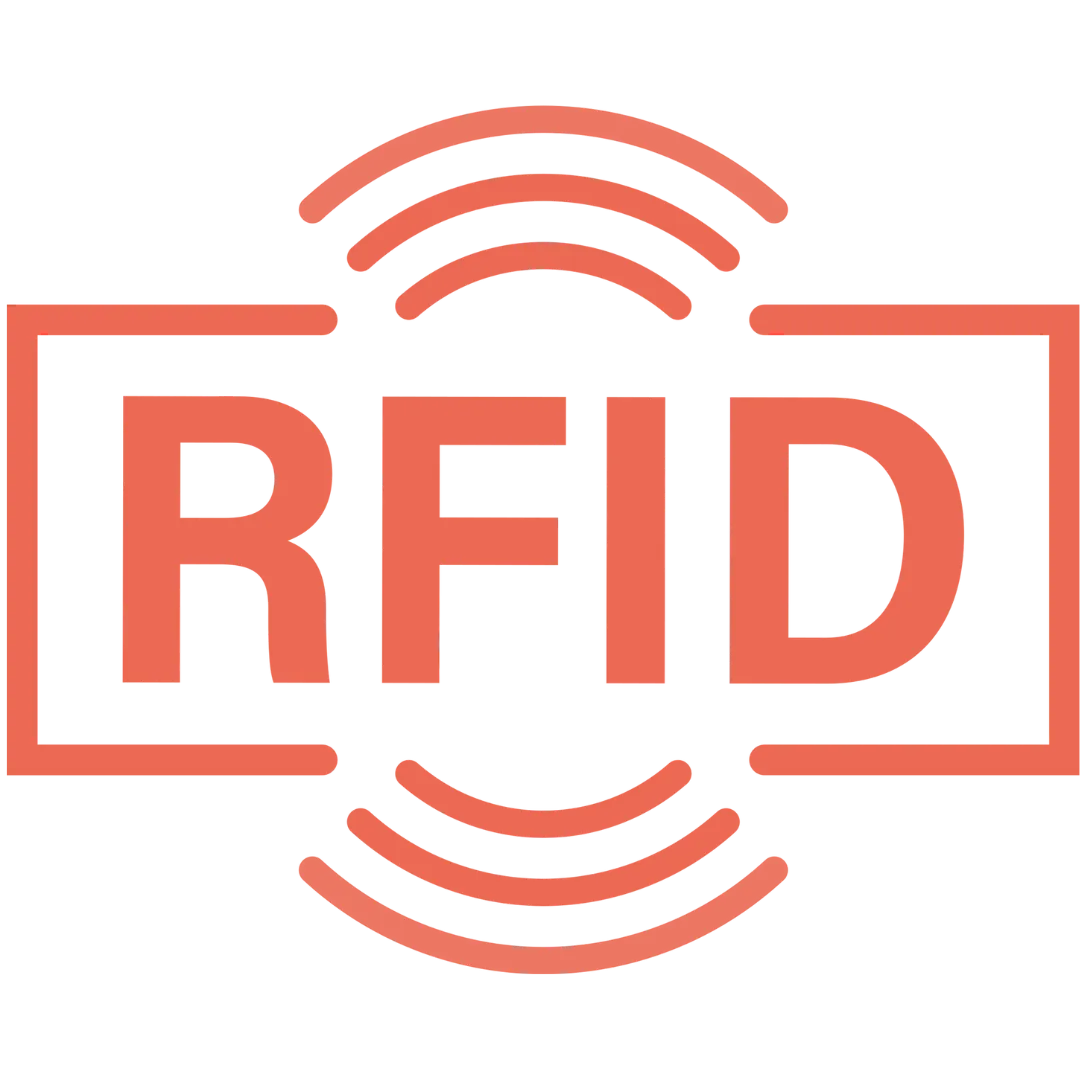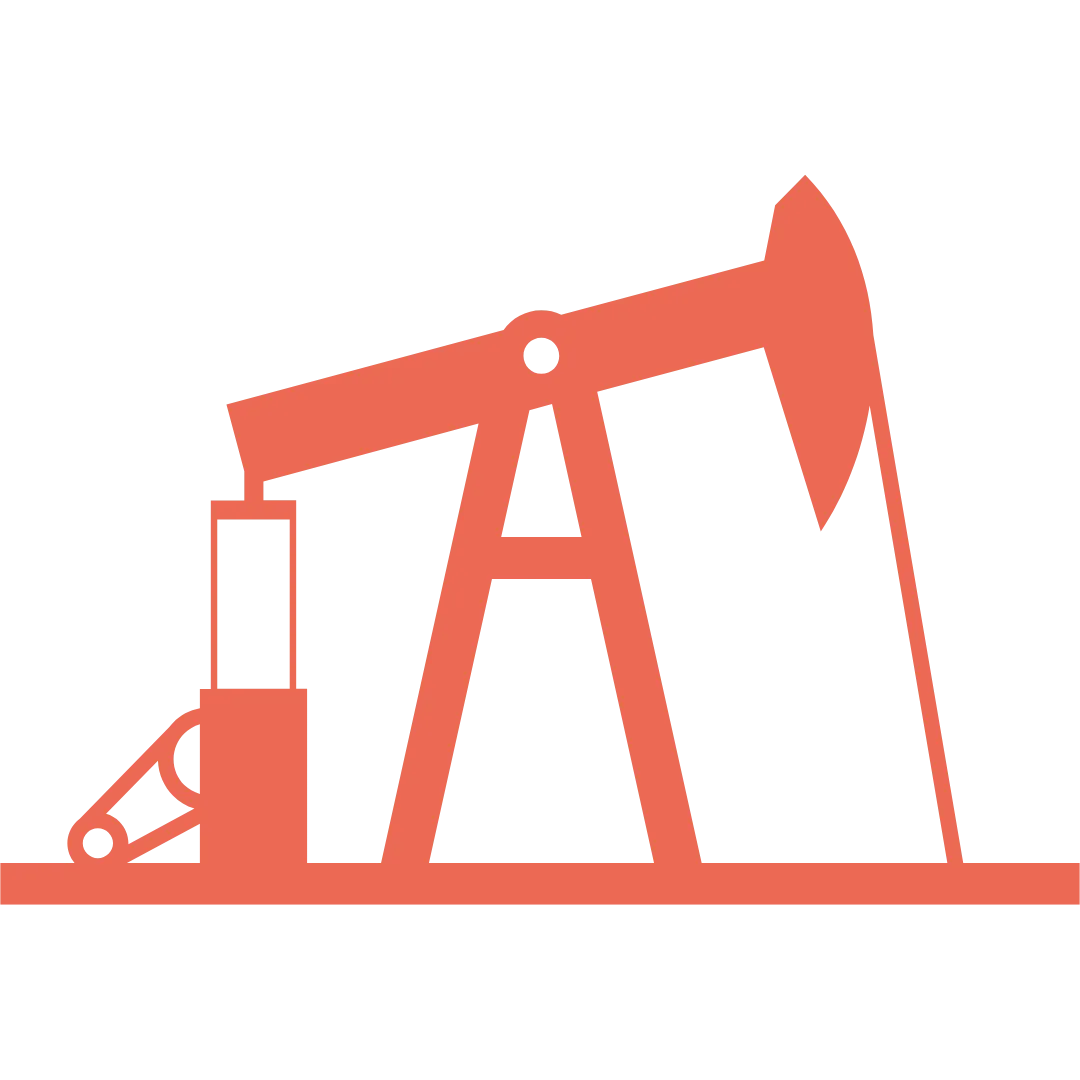Asset availability is a critical factor in any business that relies on equipment or machinery. Whether it's manufacturing, IT, or field operations, keeping assets operational is essential to maintain productivity, reduce costs, and meet customer demands.
This guide will walk you through what asset availability is, how to measure it, and how Asset Infinity can give your business the competitive advantage it needs by improving availability and minimizing downtime.
What is Asset Availability?
Asset availability is the percentage of time an asset is fully operational and ready for use. This figure is crucial for businesses, as any downtime—whether due to maintenance, breakdowns, or operational inefficiencies—can lead to significant losses. Maximizing availability is more than just fixing equipment after it breaks; it’s about maintaining it in a way that ensures optimal performance over its lifecycle.
Consider the difference between a factory that keeps its machines in top condition and one that constantly struggles with breakdowns. The factory with high availability consistently meets production targets and avoids costly downtimes. By using Asset Infinity, businesses can track and optimize asset availability in real time, ensuring they stay ahead of potential disruptions.
Factors Affecting Asset Availability
Several factors can affect equipment availability, and addressing these elements can significantly boost uptime:
1. Preventive Maintenance
Regular maintenance schedules are key to keeping assets running smoothly. Without preventive maintenance, equipment is more likely to fail unexpectedly, leading to unplanned downtime. Asset Infinity automates maintenance scheduling, ensuring that each asset gets the necessary attention at the right time.
Preventive maintenance also extends the life of equipment by catching small issues before they become big problems. By implementing a comprehensive preventive maintenance plan, businesses can reduce the occurrence of sudden failures and maximize availability.
2. MTBF (Mean Time Between Failures)
MTBF measures the average time between asset breakdowns. A higher MTBF suggests that the asset is reliable and capable of running longer without failure. Asset Infinity tracks this key metric, helping businesses predict when an asset might fail and enabling timely interventions to prevent costly downtimes.
3. MTTR (Mean Time to Repair)
When failures do occur, minimizing the time it takes to repair the asset is essential for maintaining availability. MTTR measures the average time needed to repair and restore an asset to operational status. The shorter the MTTR, the higher the availability. Asset Infinity’s automated workflows can immediately assign repair tasks to available technicians, reducing response times and ensuring fast, efficient repairs.
4. Overuse of Assets
Overuse or improper use of assets can lead to premature breakdowns and reduced availability. By distributing workloads more evenly across your fleet of assets, you can prevent overuse and extend the life of each piece of equipment. Asset Infinity provides real-time usage data that helps businesses track how assets are used, allowing them to optimize workloads and ensure assets aren’t overworked.
How to Calculate Equipment Availability?
The formula for calculating equipment availability is simple but powerful:
Availability= (MTBF/MTBF+MTTR )×100
This calculation highlights the balance between how often an asset breaks down (MTBF) and how quickly it can be repaired (MTTR). A high MTBF and a low MTTR will result in greater availability.
For example, if a machine has an MTBF of 1,000 hours and an MTTR of 5 hours, its availability would be:
(1000/1000+5)×100=99.5%
Using Asset Infinity, businesses don’t need to perform these calculations manually. The platform continuously monitors these metrics and presents them in easy-to-understand dashboards, allowing managers to make informed decisions to improve availability.
Inherent Availability
Inherent availability refers to the availability of an asset based solely on its design and operational maintenance. It does not account for any logistical delays, such as waiting for parts or technicians. In other words, inherent availability assumes ideal conditions where all maintenance is completed without delays.
Asset Infinity helps organizations track and improve inherent availability by ensuring that maintenance is performed according to plan. Its real-time data collection ensures that any potential design flaws are addressed early, further increasing the overall availability of your assets.
Achieved Availability
Unlike inherent availability, achieved availability takes into account real-world conditions, including any delays in performing maintenance or repairs. This is a more practical measure for businesses, as it reflects the actual availability of an asset under normal operating conditions.
For example, even with a strong preventive maintenance plan, delays in acquiring parts or scheduling maintenance can reduce achieved availability. Asset Infinity reduces these delays by automating workflows, ensuring that maintenance and repair activities are completed on time, every time.
How to Increase Asset Availability?
Maximizing asset availability requires a proactive approach, and Asset Infinity provides the tools to make this process easier. Here are key strategies for boosting availability:
1. Leverage Predictive Analytics
One of the most powerful ways to increase availability is by predicting when an asset might fail. Asset Infinity’s predictive analytics feature uses historical data and real-time performance metrics to forecast potential issues before they occur. This allows businesses to schedule maintenance when it's needed—before a breakdown happens—dramatically reducing unplanned downtime.
By identifying patterns in the data, predictive analytics can detect early warning signs of failure, enabling businesses to take preventive action. This reduces the reliance on reactive maintenance and increases the overall availability of assets.
2. IoT in Asset Management
With the rise of the Internet of Things (IoT), asset management has become more sophisticated. IoT-enabled sensors can monitor the condition of your equipment in real time, providing continuous feedback on performance, usage, and potential issues. By integrating IoT into Asset Infinity, businesses can gain real-time insights into their assets and make data-driven decisions to prevent breakdowns.
For instance, IoT sensors can track critical variables like temperature, pressure, and vibration, which are often early indicators of mechanical issues. By monitoring these factors, businesses can intervene before a failure occurs, improving equipment availability and extending asset life.
3. Streamline Maintenance Workflows
Efficiency is key when it comes to maintaining high asset availability. By streamlining maintenance workflows, businesses can ensure that repairs are made quickly, and that downtime is minimized. Asset Infinity’s automated workflows help by ensuring that maintenance tasks are assigned and completed on time, without unnecessary delays.
The platform’s ability to prioritize tasks, manage technician availability, and track spare parts ensures that repairs are handled efficiently, reducing the time assets spend out of service.
4. Optimize Asset Utilization
Using Asset Infinity, businesses can monitor asset usage patterns and optimize how equipment is used across various departments. By ensuring that no single asset is overused or underused, organizations can distribute workloads evenly, reducing wear and tear and prolonging the life of each asset. This balanced approach leads to fewer breakdowns and greater overall availability.
Using Technology to Improve Asset Availability
Technology plays a vital role in boosting asset availability. Asset Infinity offers several advanced technological solutions that help businesses get the most out of their assets:
- IoT Sensors: Real-time data collection through IoT sensors gives businesses immediate insights into the performance of their assets. By identifying issues early, managers can schedule maintenance proactively, ensuring that assets remain operational and reducing the risk of sudden breakdowns.
- Predictive Analytics: By analyzing historical performance data, Asset Infinity can predict when an asset is likely to fail and schedule maintenance before downtime occurs. This predictive capability is key to improving availability and reducing the costs associated with reactive repairs.
- Automated Workflows: Maintenance tasks are automatically assigned to the right personnel, ensuring that repairs are handled quickly and efficiently. By reducing the time it takes to respond to asset failures, Asset Infinity improves overall uptime.
- Mobile Access: With Asset Infinity’s mobile app, maintenance teams can access asset information and respond to tasks from anywhere. This flexibility helps reduce delays in repairs and ensures that assets are returned to service as quickly as possible.
Conclusion
In today’s competitive business landscape, asset availability is a crucial factor that directly impacts productivity, costs, and customer satisfaction. By focusing on improving MTBF, reducing MTTR, and leveraging advanced technologies like IoT and predictive analytics, businesses can significantly increase the availability of their assets.
Asset Infinity provides the tools needed to monitor, maintain, and improve asset availability, giving businesses a clear advantage. By using real-time data, automated workflows, and predictive insights, companies can maximize uptime, minimize costs, and stay ahead in their industries.
FAQs on Asset Availability
What is the difference between asset availability and reliability?
Asset availability measures the percentage of time an asset is operational, while asset reliability refers to how consistently an asset performs without failure. A reliable asset tends to have higher availability, but the two metrics are distinct. Asset Infinity helps businesses track and improve both availability and reliability.
How do you maximize asset availability?
Maximizing availability involves preventive maintenance, real-time monitoring, and reducing repair times. Asset Infinity’s predictive analytics and IoT integration allow businesses to foresee potential issues, schedule maintenance efficiently, and minimize unplanned downtime.
How to track equipment availability?
Tracking equipment availability involves monitoring MTBF and MTTR. Asset Infinity offers real-time tracking and automated reporting, ensuring uptime is seamless. The system tracks MTBF and MTTR automatically, offering insights that allow businesses to proactively manage equipment health.
What is the difference between MTBF and MTTR?
MTBF (Mean Time Between Failures) measures the average time that an asset operates without failure, while MTTR (Mean Time to Repair) tracks how quickly an asset can be repaired after a failure. Both metrics are critical for understanding and improving asset availability. With Asset Infinity, you can easily monitor both, helping to maintain optimal asset performance and extend asset life.
By combining IoT technology, predictive analytics, and a user-friendly interface, Asset Infinity ensures businesses can maximize their asset availability with minimal effort. This not only reduces operational costs but also improves overall productivity, making it the best choice for companies looking to stay ahead in today’s competitive market.

















































.webp)
.webp)
.webp)
.webp)
.webp)
.webp)
.webp)
.webp)
.webp)

.svg)




.webp)
.webp)











































.png)



.webp)



















